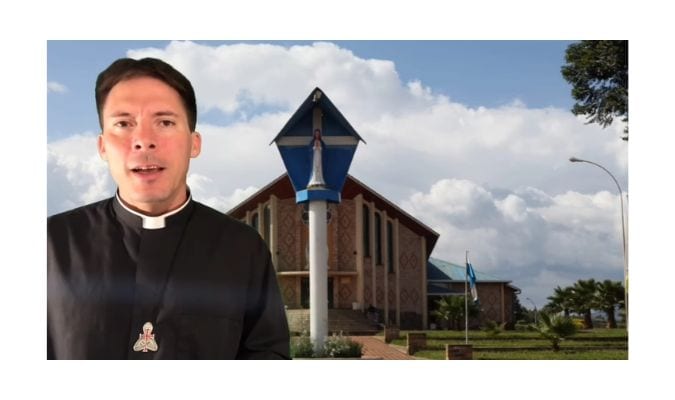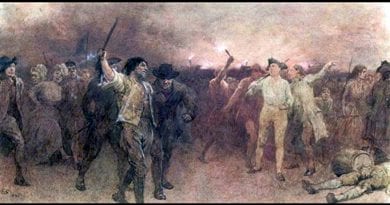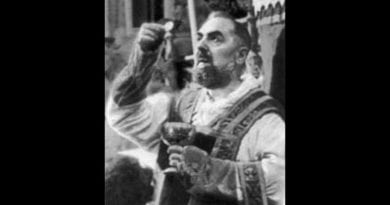Kibeho visionary who saw the Virgin Mary: “If I seem dead don’t bury me!” – Fr. Mark Goring –
Apparitions (source Wikipedia)
Kibeho is a small village located in southwestern Rwanda. The apparitions there began on November 28, 1981, at a time of increasing tension between the Tutsi and Hutu groups. They occurred at Kibeho College, a secondary school for girls,[3] and included an apocalyptic vision of Rwanda descending into violence and hatred which many believe foretold the 1994 Rwandan Genocide.
Over the course of the 1980s, the Virgin Mary appeared to three young women, identifying herself as Nyina wa Jambo (Kinyarwanda for “Mother of the Word”), which was synonymous with Umubyeyi W’Imana (“Mother of God“).[4] The teenaged seers reported that the Virgin asked everyone to pray to prevent a terrible war. In the vision of August 19, 1982, they all reported seeing violence, dismembered corpses, and destruction.[5]
The longest series of visions were attributed to Alphonsine Mumureke, who had received the initial vision shortly after her admittance into Kibeho High School in October 1981 after her primary education, and the last on November 28, 1989. Anathalie Mukamazimpaka was the next one to have visions, which lasted from January 1982 to December 3, 1983. These emphasised endless prayer and expiation, with the Virgin even instructing Mukamazimpaka to perform penances through mortification of the flesh. Marie Claire Mukangango, who had initially bullied Mumureke at school because of the visions, herself experienced apparitions which lasted from March 2 to September 15, 1982. The Virgin told Mukangango that people should pray the Chaplet of the Seven Sorrows to obtain the favor of repentance.[6]
During his 1990 visit to Rwanda, Pope John Paul II exhorted the faithful to turn to the Virgin as a “simple and sure guide” and to pray for greater commitment against local divisions, both political and ethnic.[5]
Links with the Genocide
In the 100 days that followed the April 6, 1994 assassination of dictator and President of Rwanda Juvénal Habyarimana, 800,000 to over a million Rwandans were slaughtered by their countrymen and, in some cases, their next-door-neighbors. The Genocide was the culmination of intensifying animosity between the two ethnic groups – the Hutus and Tutsis – and the civil war that had preceded it.[7] Kibeho itself was the site of two huge massacres: the first at the parish church in April 1994, and the second a year later where more than 5,000 refugees who had taken shelter there were shot by soldiers.[8] Marie Claire Mukangango and her husband were among those killed in the April 1995 massacre.[5]





